University IT Network Design and Implementation Report: Security
VerifiedAdded on 2020/03/13
|7
|1420
|74
Report
AI Summary
This report delves into the critical aspects of network design and implementation, focusing on creating a secure and efficient corporate network. It emphasizes three core principles: modularity, hierarchy, and resiliency. The report breaks down the hierarchical structure into three layers: access, distribution, and core, detailing their respective functions and importance. It also discusses the significance of modularity for network flexibility and scalability. Furthermore, the assignment explores the concept of resiliency, highlighting its role in ensuring network stability under both normal and abnormal conditions, including hardware failures and security threats. The report concludes by providing practical steps for successful network design and implementation, with a strong emphasis on security measures such as firewalls and strategic routing. The report also highlights how these principles contribute to building a robust and adaptable network infrastructure capable of supporting business productivity and competitiveness.
1 out of 7

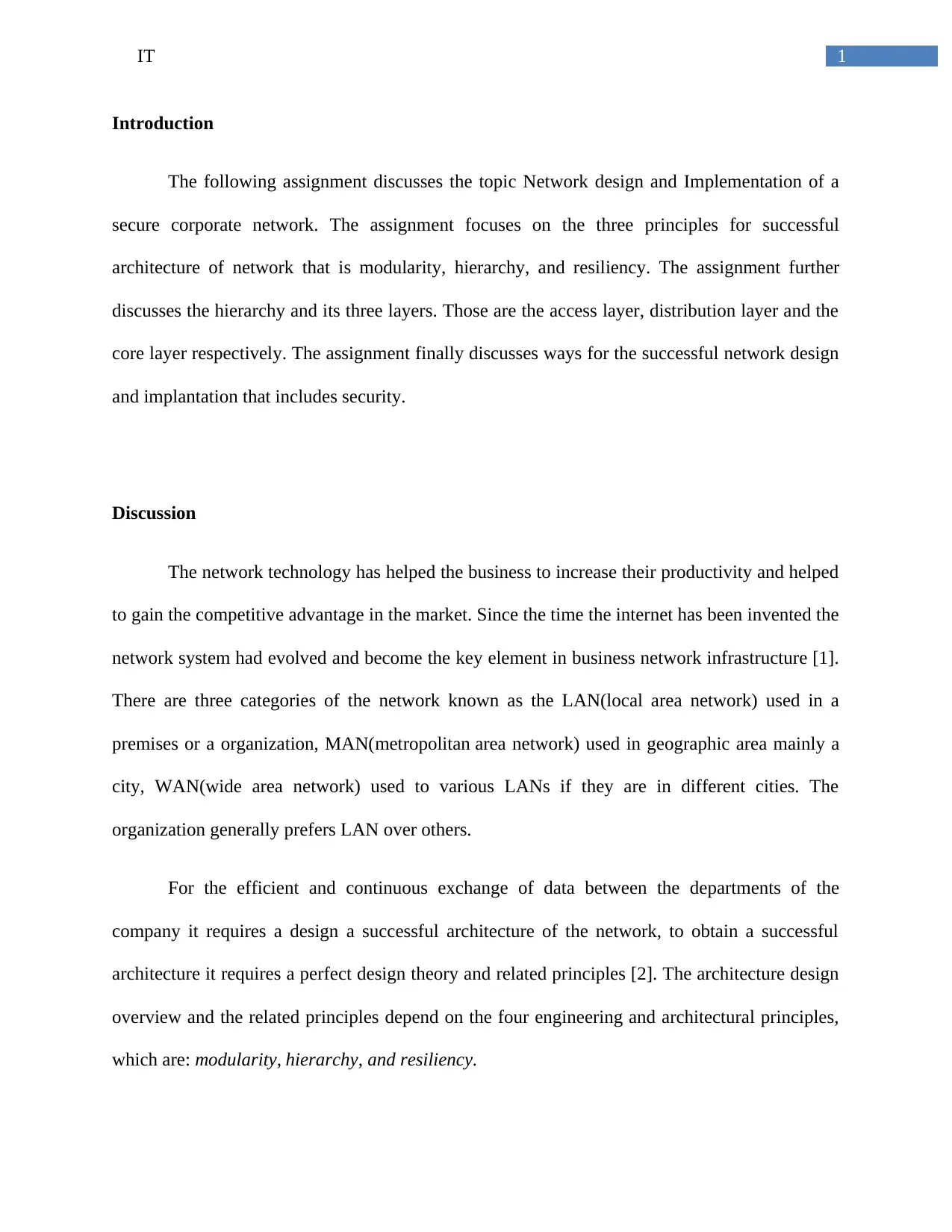
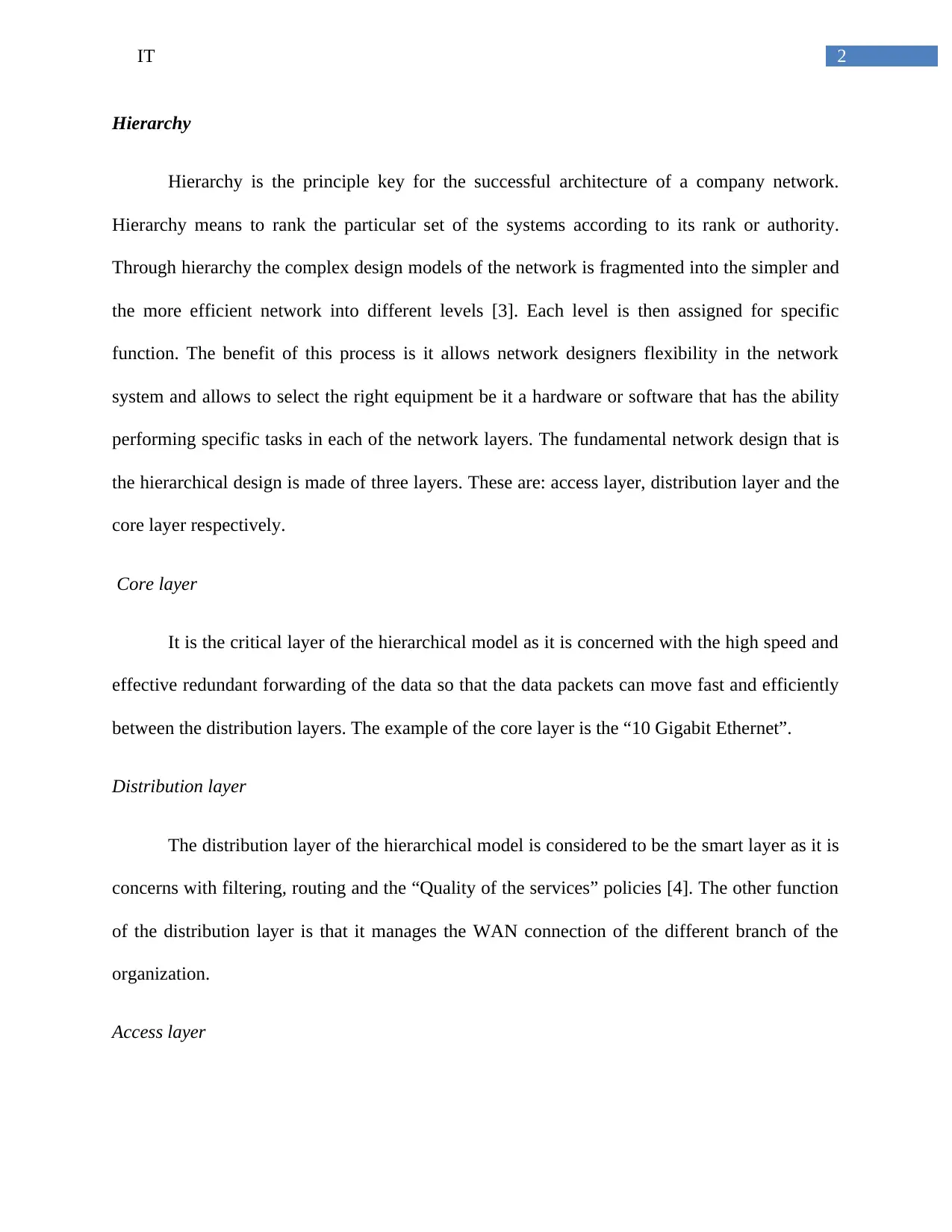
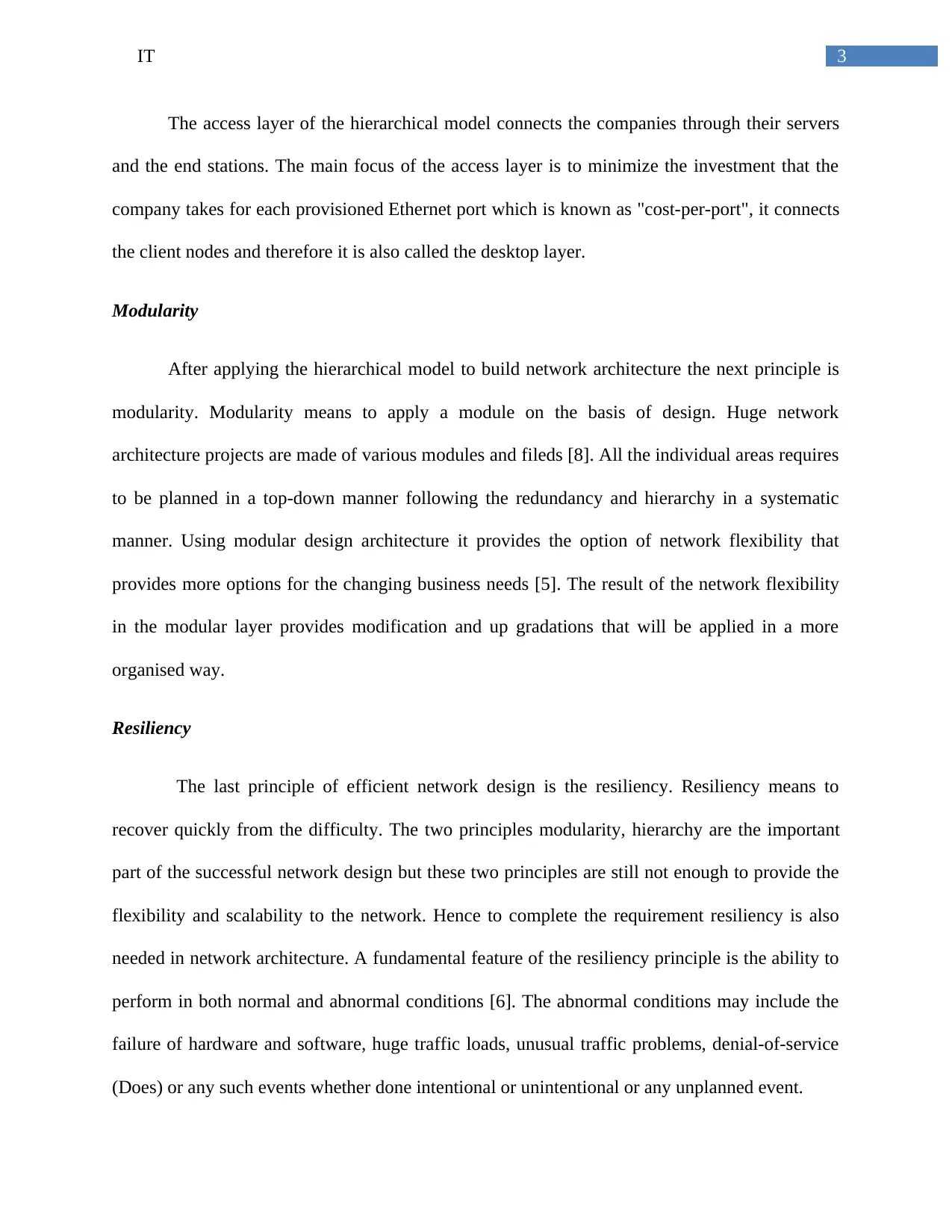
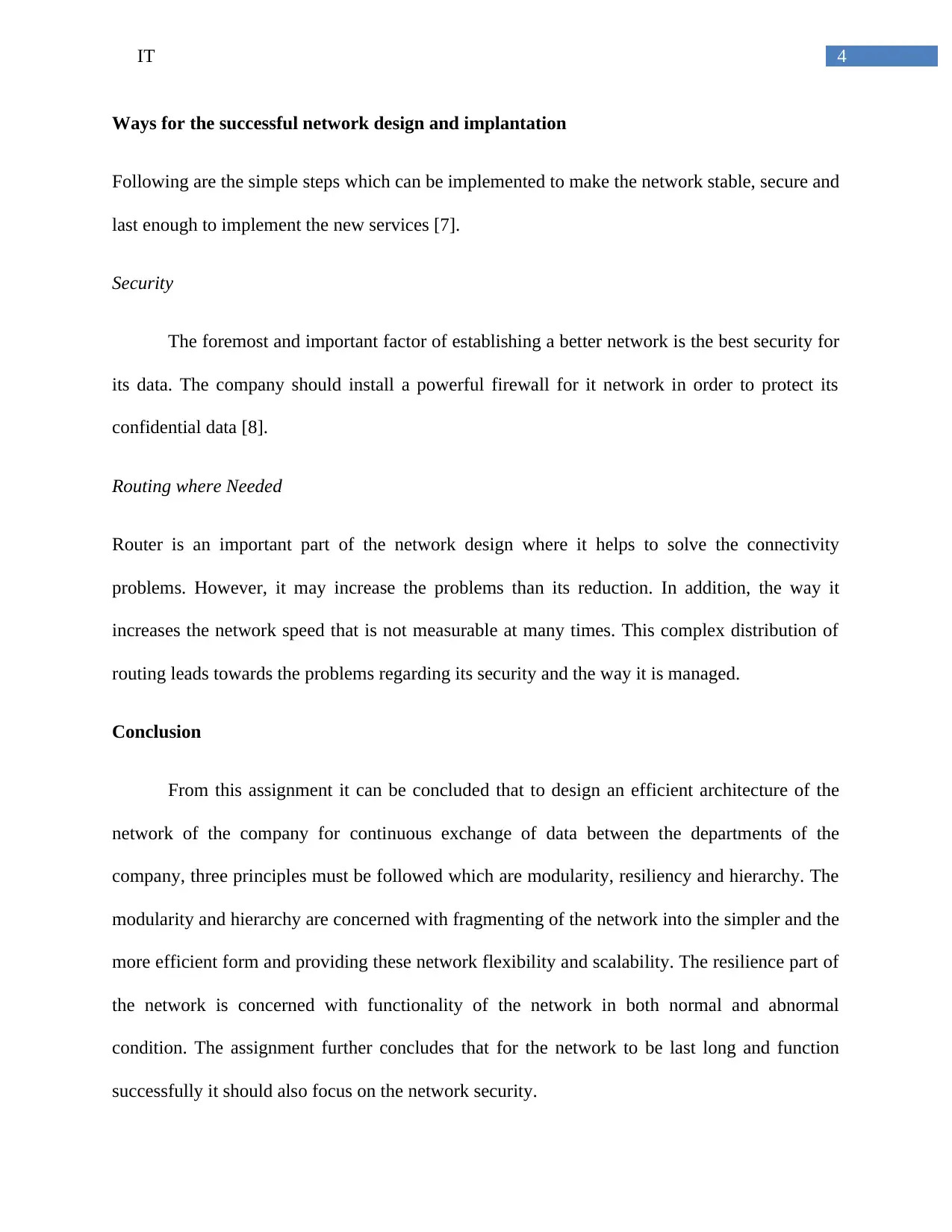

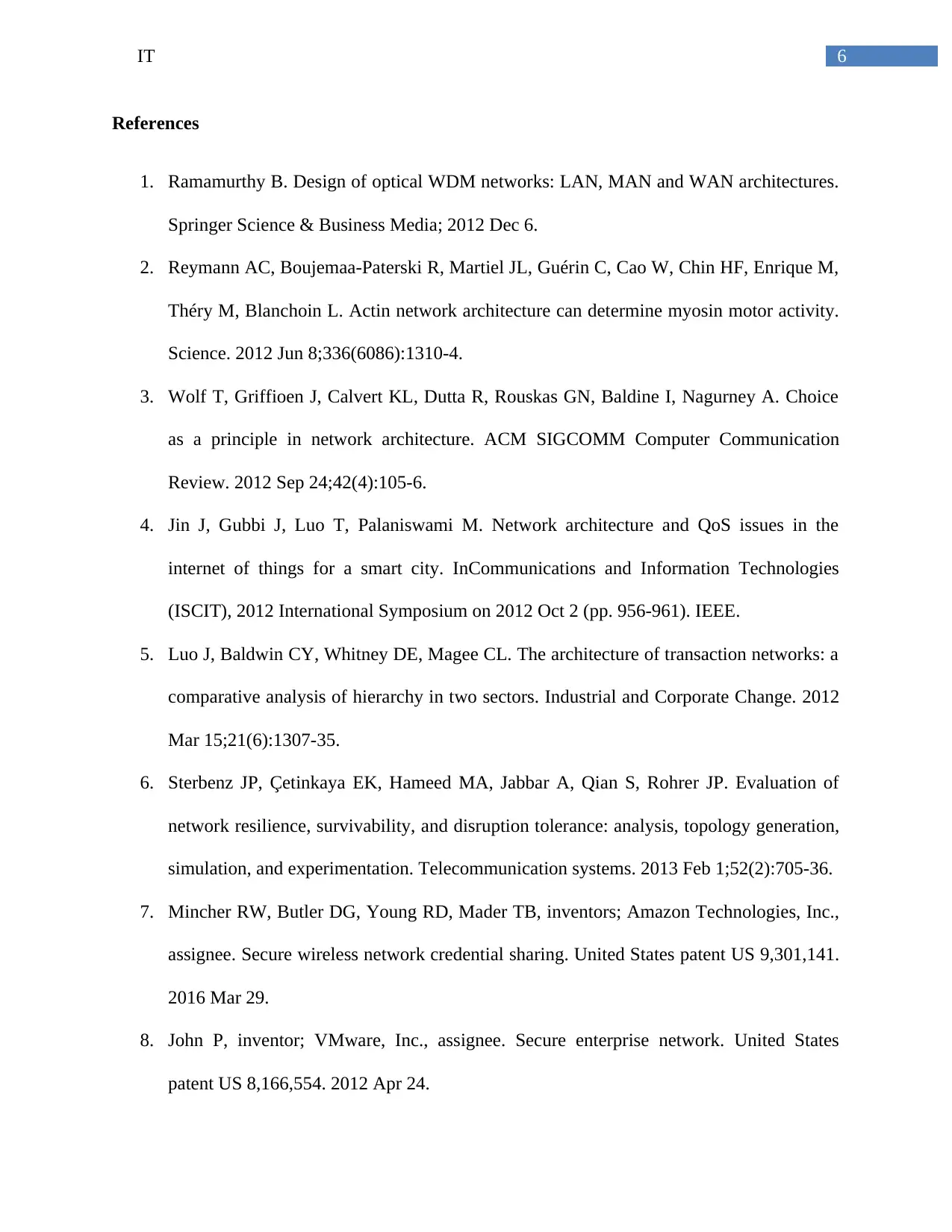






![[object Object]](/_next/static/media/star-bottom.7253800d.svg)